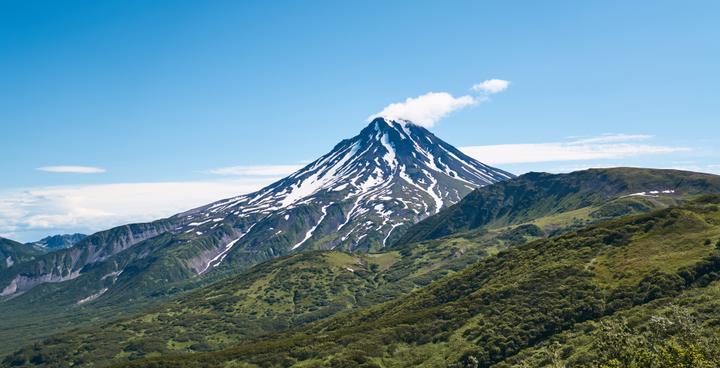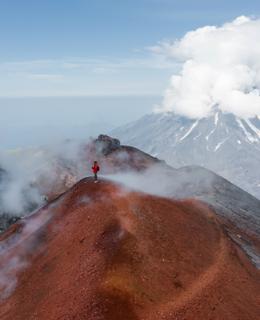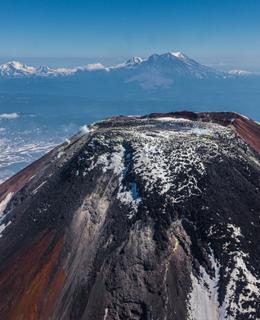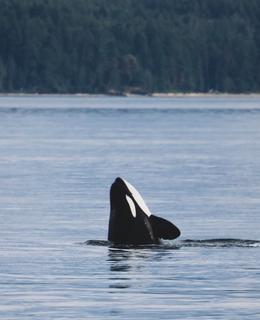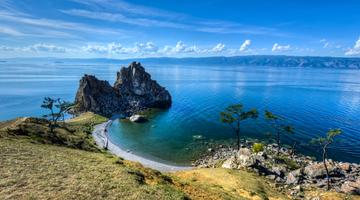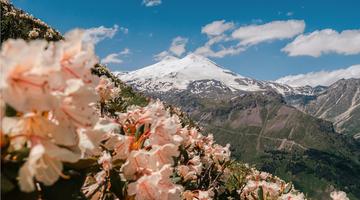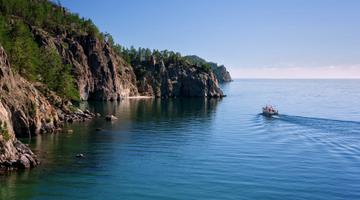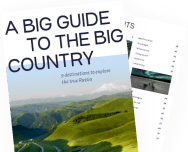Russia’s formidable and majestic volcanoes attract both scientists and adventure-seeking travelers eager to witness the awe-inspiring spectacle of erupting ash and lava. These rare and dramatic events might occur once a year, once a decade, or even once in a thousand years. To experience their raw beauty, head to Kamchatka, the Kuril Islands, the Caucasus, Yakutia, or Tyva.
If you trace Russia’s active and extinct volcanoes on a map, they form a belt stretching across the south, Siberia, Kamchatka, and the Russian Far East. The Kamchatka Peninsula has the highest concentration of volcanoes — and since 2010, it has even hosted a festival dedicated to these fiery giants.
Kamchatka is truly a land like no other. In 1996, six protected areas of the peninsula — along with their volcanoes — were inscribed on the UNESCO World Heritage List under the collective name “Volcanoes of Kamchatka.”
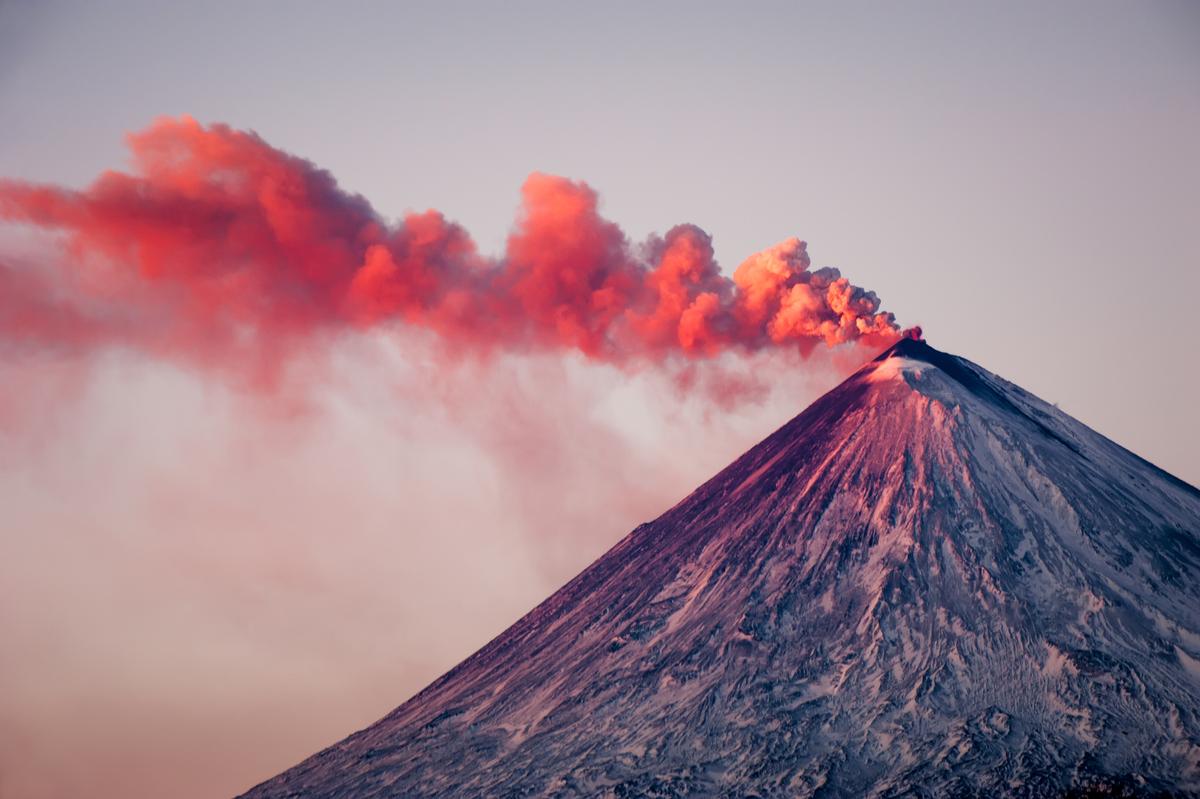
Types of Fiery Mountains
Deep beneath the surface of Russia’s slumbering and awakening volcanoes lies magma — molten rock heated by extreme temperatures. When magma builds up in large quantities, it forms a magma chamber. Under immense pressure, the Earth's crust cracks, creating fissures through which lava — heated up to 1,000°C (1,832°F) — erupts onto the surface. Flowing down the mountain slopes, the lava gradually cools and hardens.
Volcanic formations are categorized by the structure of their feeder channels into two main types: linear and central. The shape of both active and extinct volcanoes in Russia also depends on the composition of the lava. Based on this criterion, volcanoes are classified as shield, cinder cone, stratovolcano, dome, and complex types.
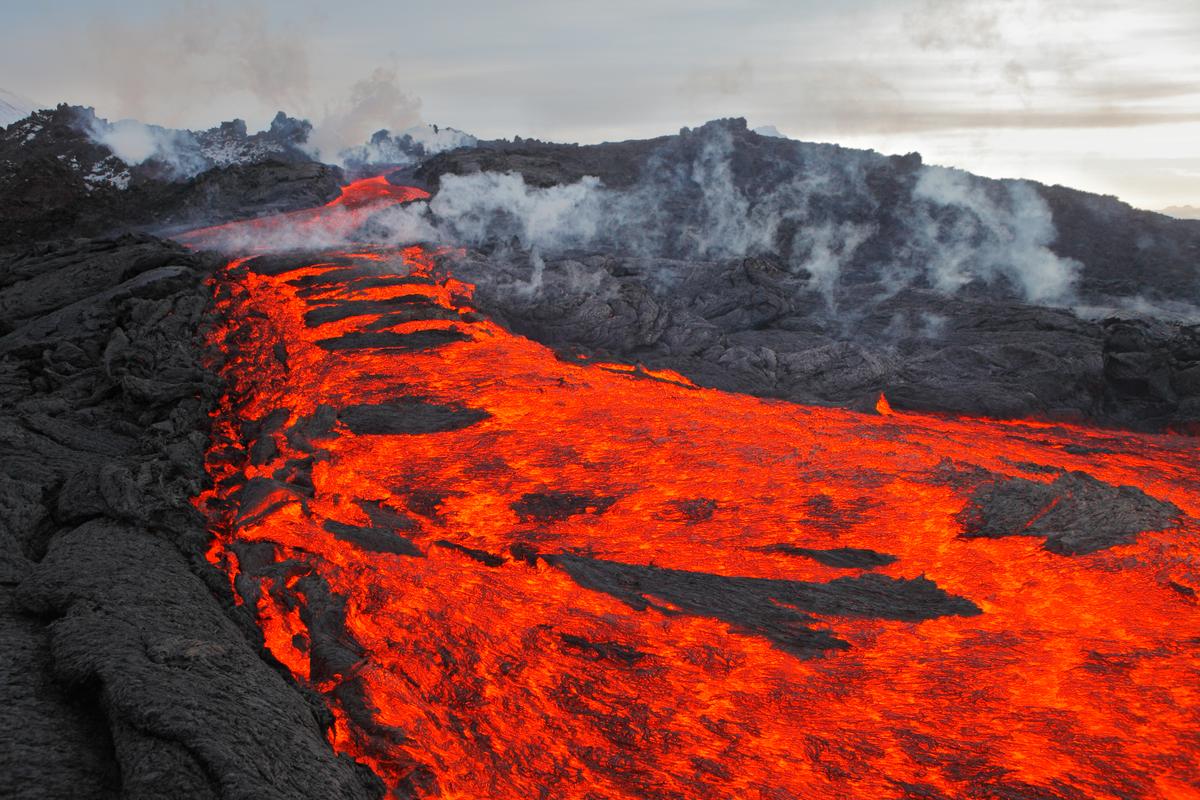
Depending on eruption style, Russian and global volcanoes are divided into several categories: Hawaiian, Strombolian, Plinian, Pelean, gas, and submarine.
Volcanoes are also classified by their eruption likelihood into three groups: active, dormant, and extinct.
- Active volcanoes have erupted within the past 10,000 years and still show signs of seismic activity.
- Dormant volcanoes last erupted before the Ice Age and are currently inactive — but they could awaken at any time.
- Extinct volcanoes released lava thousands or even millions of years ago and are considered geologically inactive, with no expected future eruptions.
Russia’s active and dormant volcanoes are often named after their locations, the scientists who studied them, or legendary heroes from Indigenous folklore.
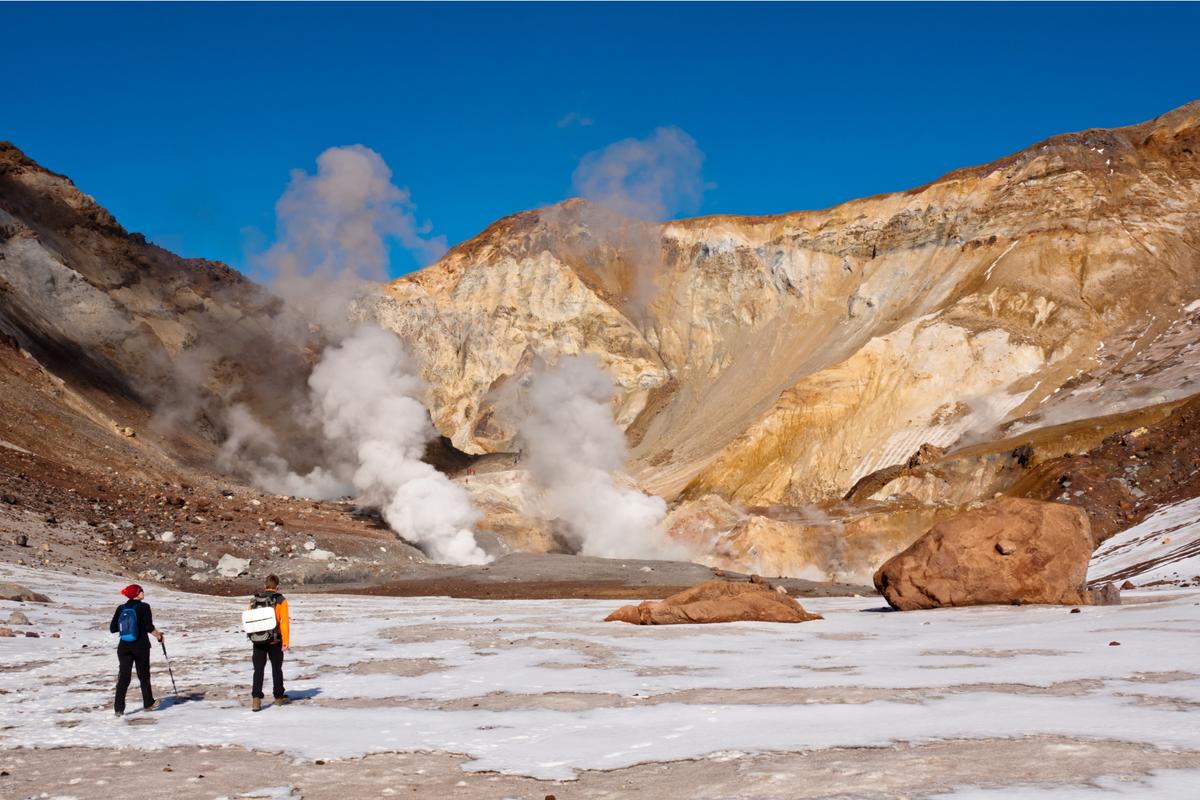
Active Volcanoes of Russia
Russia is home to dozens of active volcanoes. Here are 12 of the most significant ones::
- Klyuchevskaya Sopka (Kamchatka) — The tallest active volcano in Russia and all of Eurasia, standing at 4,876.8 meters (16,000 feet). Estimated to be around 8,000 years old, it has erupted more than 50 times in the past 270 years.
- Koryaksky (Kamchatka) — 3,444.2 meters (11,300 feet); last erupted in 2009.
- Avachinsky (Kamchatka) — 2,740 meters (8,990 feet); last lava flow occurred in 2001.
- Tyatya (Sakhalin) — 1,818 meters (5,965 feet); last eruption was in 1981, but it remains thermally active with visible steam vents.
- Karymsky (Kamchatka) — 1,524 meters (5,000 feet); last magmatic activity recorded in 2010.
- Zhupanovsky (Kamchatka) — 2,956 meters (9,700 feet); last eruption occurred in 1959.
- Mutnovsky (Kamchatka) — 2,322 meters (7,620 feet); last erupted in 2000.
- Alaid (Kuril Islands, Sakhalin) — 2,339 meters (7,675 feet); last eruption in 1996.
- Akademia Nauk (Kamchatka) — 1,180 meters (3,870 feet); last lava outflow recorded in 1996.
- Bezymianny (Kamchatka) — 2,882 meters (9,455 feet); seismic activity recorded in 2009.
- Sarychev Peak (Kuril Islands, Sakhalin) — 1,493.5 meters (4,900 feet); last erupted in 2009.
- Shiveluch (Kamchatka) — 3,282 meters (10,770 feet); last major explosive eruption occurred in 1964, with frequent activity since then.
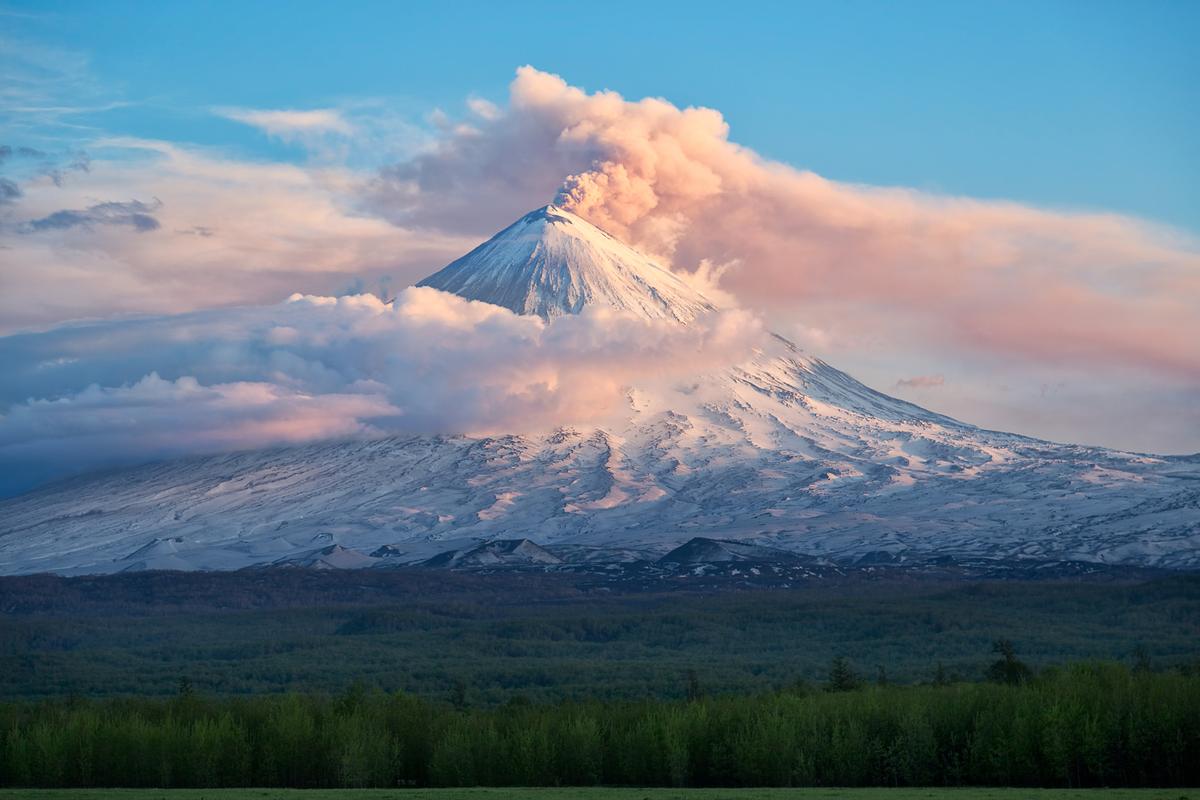
Sleeping Giants
Extinct volcanoes in Russia are often found near their more active counterparts. They also appear in regions such as Crimea, the North Caucasus, and Chukotka.
The largest inactive volcanoes are located in the Russian Far East, Sakhalin, the Caucasus, the Sikhote-Alin Mountains, and the Kuril Islands. Among them is Mount Elbrus—known as the "Jewel of the Caucasus"—Russia’s highest peak at over 5,600 meters (18,510 feet). It last showed signs of activity in the 1st century AD. Another massive giant, Mount Kazbek, a stratovolcano in the Caucasus, rises to 5,054 meters (16,581 feet) and last erupted around 750 BC.
Volcanic mountains don’t always take the form of massive peaks. Some rise just a few dozen or a few hundred meters. Over millions of years of dormancy, their craters have been eroded by wind and water. Their slopes are now blanketed in forests and grasslands, with rivers and lakes often forming at their bases. In some cases, entire towns and settlements have been built inside ancient volcanic craters.
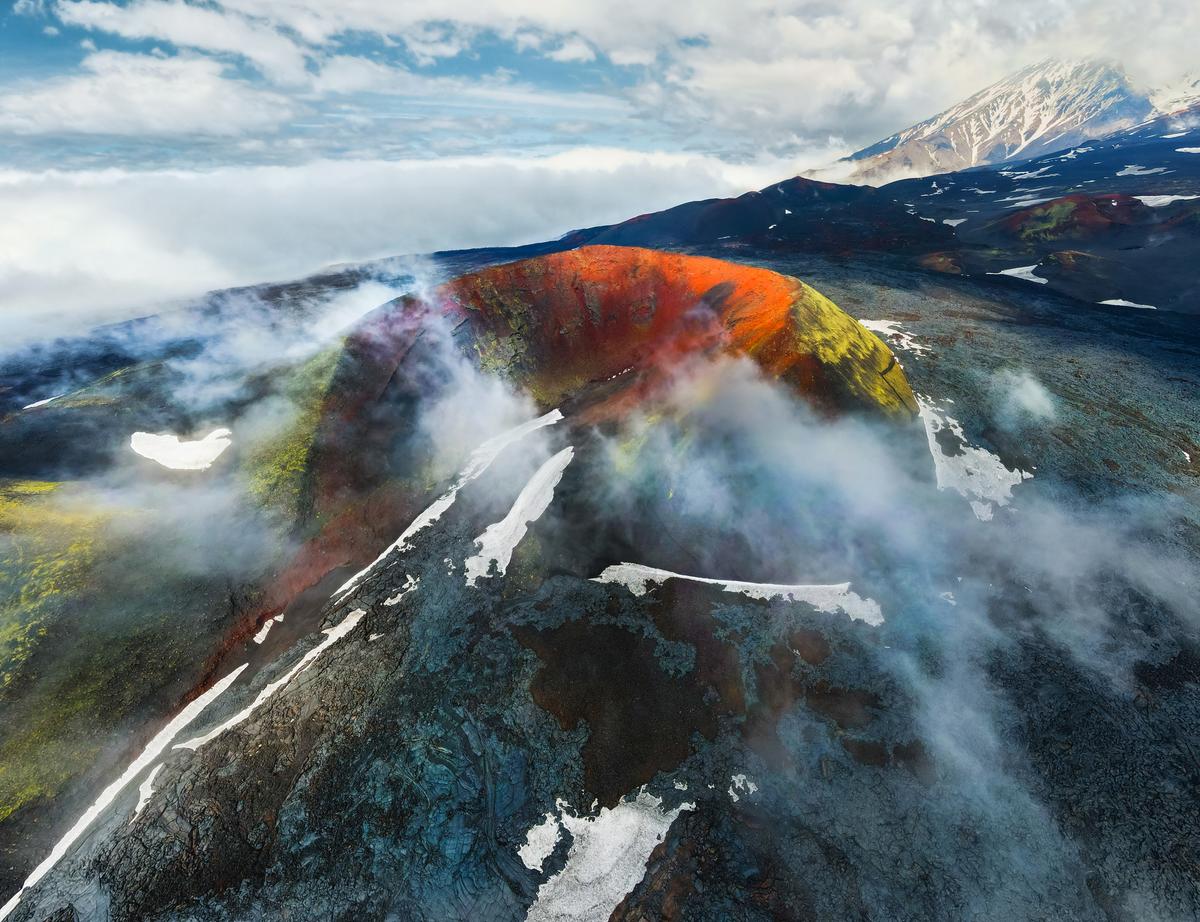
Records of Fiery Mountains
Some of the most stunning and spectacular eruptions in Russia come from Kamchatka’s Tolbachik Volcano. Its lava flows cascade down the slopes, forming fiery rivers. The title of the most picturesque fiery giant arguably belongs to Avachinsky Volcano. From a distance, you can admire its snow-capped peak, dense forests at its base, and uniquely shaped cliffs.
The Uzon Caldera is another contender for natural beauty. It formed in place of a massive mountain destroyed by its own eruption. After the catastrophe, a vast 10-kilometer-wide (6.2-mile) crater emerged, now filled with incredible natural wonders: mud baths, thermal springs, lush forests, and a pristine lake inhabited by swans.
On March 30, 1956, the Kamchatkan giant Bezymianny unleashed a directed explosion—also known as a “lateral blast.” It ejected ash more than 40 kilometers (25 miles) into the sky, while a massive mudflow flooded the Kamchatka River. Within a 500-square-kilometer (193-square-mile) zone at the volcano’s base, all trees were flattened. This date is now recognized in Russia as the professional holiday of volcanologists. Today, Bezymianny remains one of the most active volcanoes in the world. Its most recent eruption in 2019 produced a 15-kilometer-high (9.3-mile) ash column.
Karymsky Volcano in Kamchatka holds the title of Russia’s most active volcano. It erupts around 20 times per century and is even capable of triggering activity in nearby dormant volcanoes. Another restless giant, Klyuchevskoy, has erupted more than 700 times.
The Crimean mountain Ayu-Dag, known for its bear-like shape, once harbored molten rock within. However, it never became an active or extinct volcano. Instead, its magma solidified underground, forming a natural plug. Scientists are confident that this “bear” will never roar again.
To assess the activity and danger levels of volcanoes, seismologists have developed a special classification system. Thanks to modern monitoring, volcanologists can now observe these mountains in real time, predict possible eruptions, and estimate their likelihood.
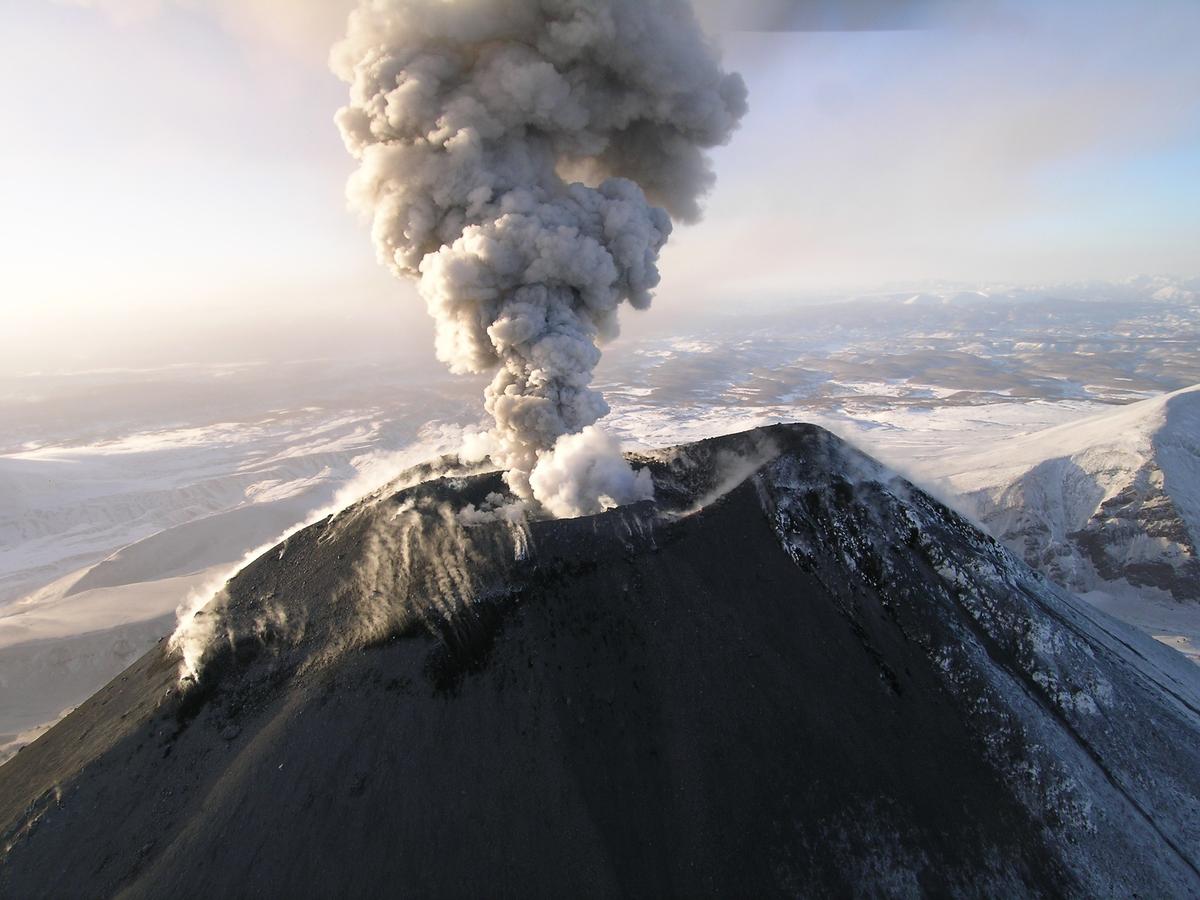
Geysers, Thermal Springs, and Other Eruption Aftermaths
Volcanic activity in Russia is most intense in Kamchatka and the Russian Far East, home to the country’s highest concentration of volcanoes and its most seismically active zones. In these regions, geothermal energy simmers beneath the surface, releasing not only magma but also jets of hot water and steam.
After eruptions, geysers, thermal springs, and lakes often form around volcanoes, creating stunning landscapes shaped by fire and water. Tourists visiting these areas can witness multiple natural wonders in one trip. Kamchatka’s Valley of Geysers is a standout destination—a unique geothermal field, the only one of its kind in Eurasia and one of the largest in the world.
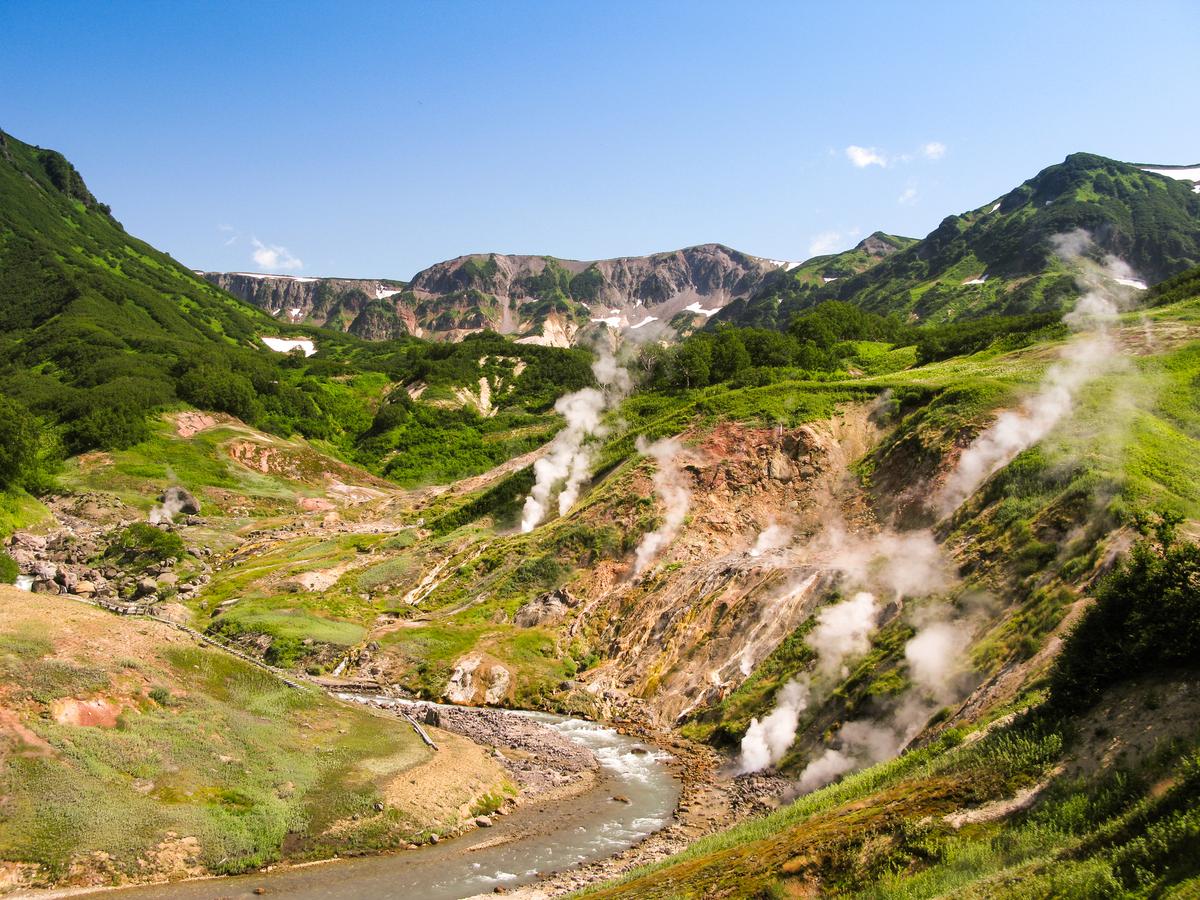
Extreme Adventures
Ready to witness the raw power of nature up close? With Big Country Travel, you can become a part of a once-in-a-lifetime journey to Russia’s most spectacular volcanoes. Whether you’re an experienced hiker or just looking for a scenic escape, our tours offer something for everyone — from summit climbs and crater descents to relaxing walks and helicopter flights over fiery landscapes.
Let our expert guides take you deep into the heart of Russia’s volcanic regions, where every step reveals awe-inspiring beauty and unforgettable stories.
Book your volcano adventure today and experience the thrill of a true geological wonder!



